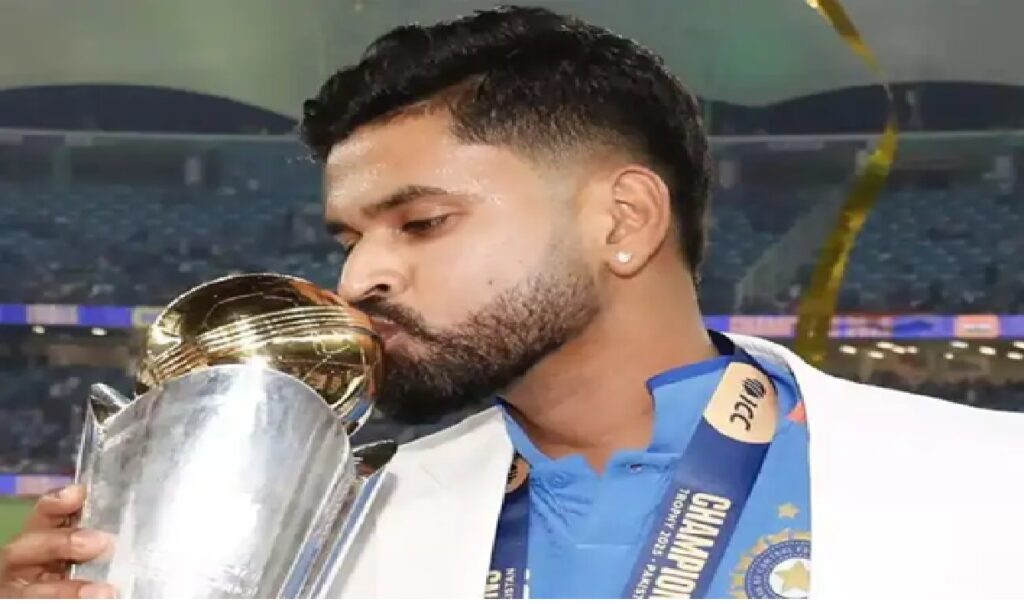Author: Akshay Published Date: June 8, 2025
A New Chapter for Indian Cricket: Who Takes Over After Rohit Sharma?
As India prepares for life after Rohit Sharma in white-ball cricket, the question of his successor is gaining momentum. While many expected rising stars like Shubman Gill to take over, recent developments suggest a more seasoned player may be handed the baton—one who brings experience, calm under pressure, and leadership credentials already tested in international cricket.
Rohit Sharma’s Likely Exit After T20 World Cup 2026
With the T20 World Cup 2026 approaching and Rohit Sharma potentially making it his final ICC event, selectors are reportedly eyeing a transition in both formats—T20Is and ODIs. Rohit, who has led India with distinction, especially after Virat Kohli, could pass on the mantle to a new leader by 2026.
The Unexpected Front-Runner: KL Rahul
In a twist that defies popular speculation, KL Rahul has emerged as the leading contender to become India’s next ODI captain. At 30, Rahul has already shouldered leadership duties for Team India in Rohit’s absence and has been a regular part of the leadership group.
His captaincy in the Asia Cup 2023, performances under pressure, and calm presence behind the stumps have reportedly convinced the selectors of his ability to lead on a full-time basis.
Why Not Shubman Gill?
While Shubman Gill remains a top long-term candidate, insiders suggest the Board of Control for Cricket in India (BCCI) is considering a more experienced and tactically mature hand to guide the team through the next ICC tournament cycle. Rahul, with over 100 ODIs under his belt and stints as vice-captain, offers that seasoned edge.
Moreover, Rahul’s leadership in the IPL and his ability to play across formats give him a unique advantage in bridging the gap between seniors and younger players.
Leadership Transition Strategy
According to sources close to team management, BCCI is working on a phased leadership transition strategy. The idea is to have Rahul oversee the ODI squad while nurturing young leaders like Gill, Iyer, and Hardik Pandya to eventually take on greater responsibilities.
This allows India to retain continuity while preparing for the 2027 ODI World Cup.
What This Means for Team India
If appointed, KL Rahul’s tenure could mark a shift toward stability and tactical flexibility. His calm temperament, multilingual communication skills, and willingness to adapt make him a strong leader for India’s evolving cricketing landscape.
The transition would also signal a return to split captaincy across formats, mirroring global trends seen in teams like England and Australia.
While Shubman Gill may still be India’s long-term future, the immediate focus seems to be on a safe and strategic handover. KL Rahul’s name might surprise fans, but it also represents a blend of experience, leadership, and trust that India needs in this transition phase.
As the 2026 T20 World Cup nears, the spotlight will grow brighter on this leadership shakeup—and fans can only wait to see who dons the captain’s armband next.
